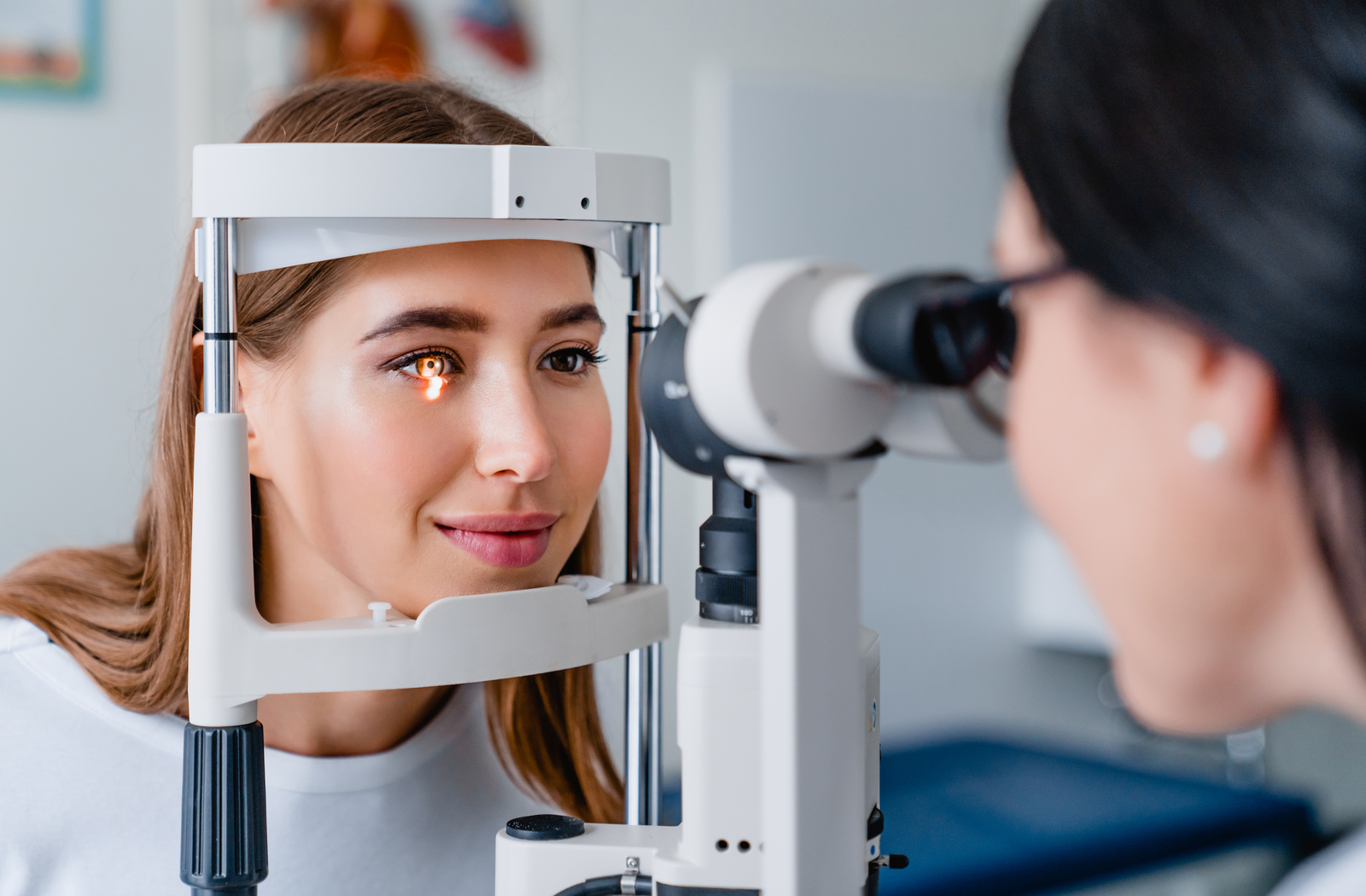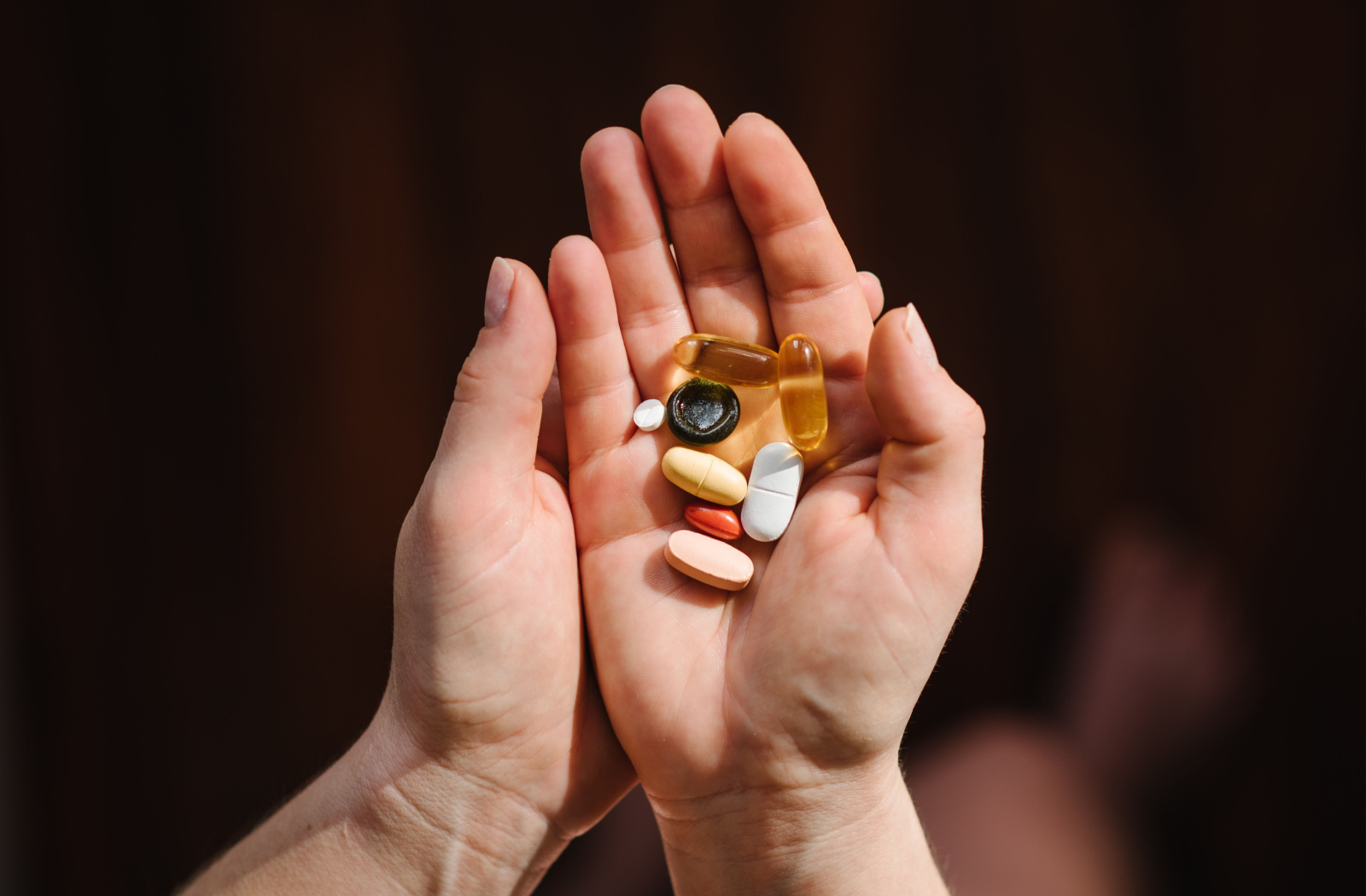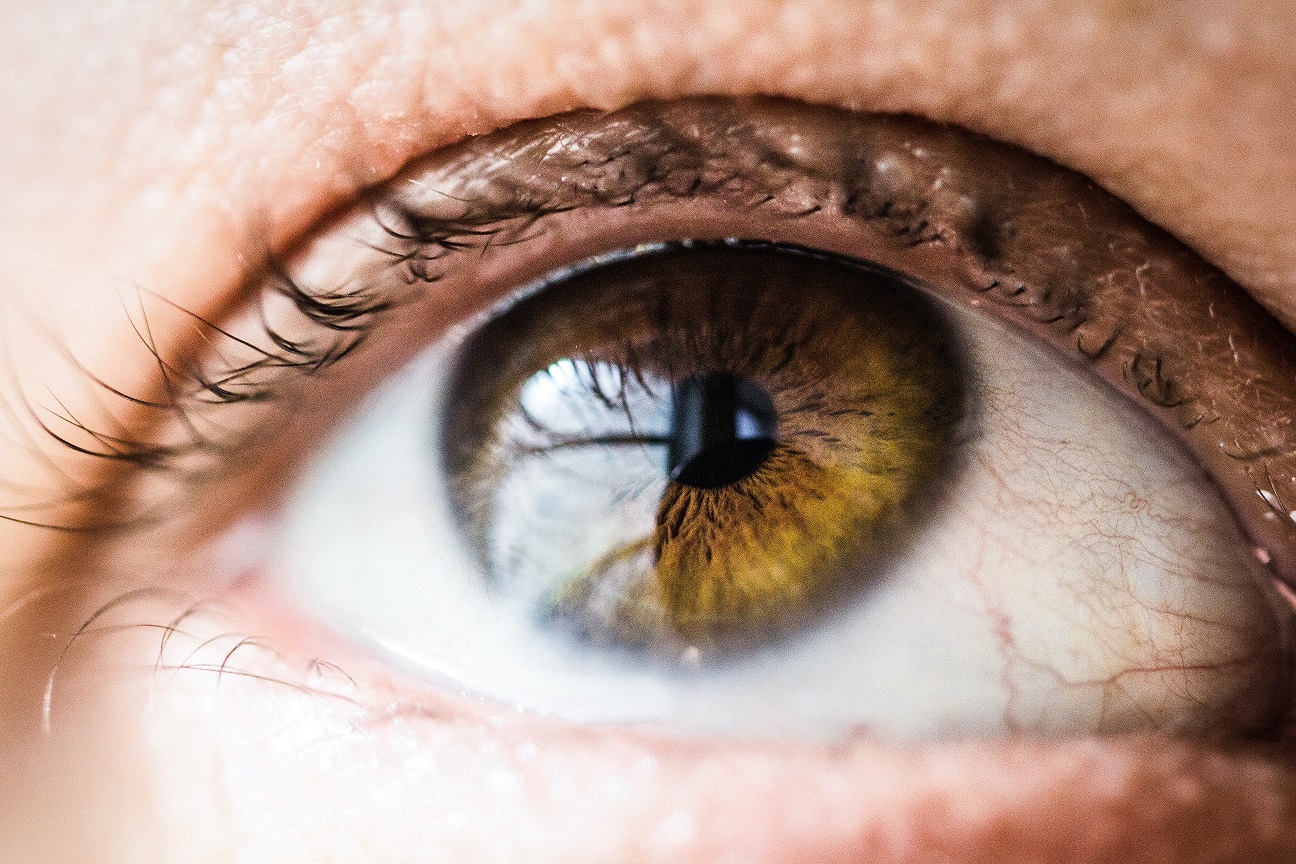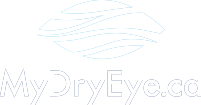What is Sjogren’s Syndrome?
Sjogren’s syndrome is a chronic, autoimmune disease that attacks mucous-secreting glands including the ones that produce saliva and tears. As a result, a person with Sjogren’s can experience severe dry eyes and dry mouth. Common complaints include a constant need for water and extremely irritated, dry, burning eyes.
Different Types of Sjogren’s Syndrome
There are two types of Sjogrens’s syndrome – a primary and secondary type. Primary Sjogren’s syndrome is diagnosed in individuals with no associated autoimmune connective tissue diseases. Secondary Sjogren’s Syndrome occurs in individuals who have autoimmune diseases such as rheumatoid arthritis and systemic lupus erythematosus.
A patient with Sjogren’s Syndrome will have aqueous deficient dry eyes which means they cannot produce enough water in the tears. This can be very painful with each blink because the tears aren’t coating and protecting their eyes.
Think about your cracked lips and skin during the winter time. It’s much easier to irritate these surfaces when they’re dry. That’s why we use lotion to smooth the surface to add a layer of protection from any mechanical friction. With our eyes, it’s a similar concept, but instead of using lotion, we use preservative-free lubricant eye drops to protect the ocular surface.

Sjogren’s syndrome can make it difficult for patients to function daily. Reading a book or watching a TV show is something they may not be able to do anymore. Dry eyes can be debilitating for these patients since they have to learn how to manage it for their whole life. Your optometrist can help reduce these symptoms so daily tasks are easier to perform.
How Can Your Optometrist Help You?
An eye exam can be one of the first steps to detect Sjogren’s Syndrome because an optometrist can determine the severity of dryness. They can also assess the quality of your tears to make sure the water layer is adequate. If the optometrist suspects Sjogren’s Syndrome, they will ask your family doctor to order lab tests to rule out the disease.
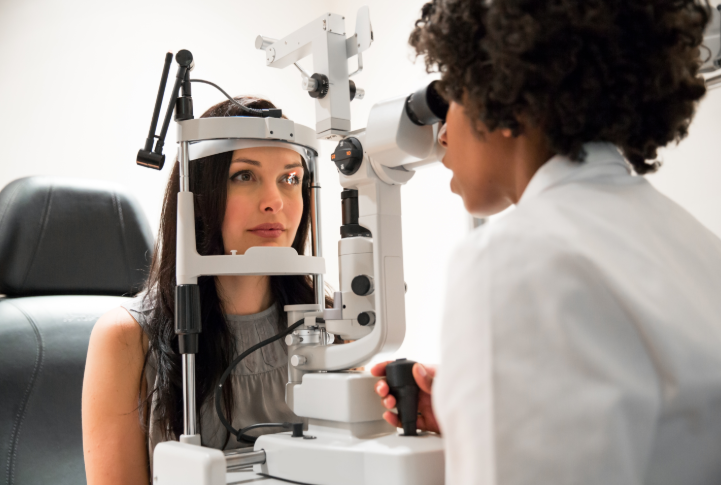
If you have Sjogren’s Syndrome, your optometrist can tailor a specific dry eye management for you. Your optometrist may suggest advanced dry eye treatments such as scleral lenses, punctal plugs, autologous serum eye drops, platelet rich plasma and/or topical immunomodulators such as Restasis (cyclosporine) and Xiidra (lifitegrast). Let’s go over each one in detail. .
Scleral Lenses
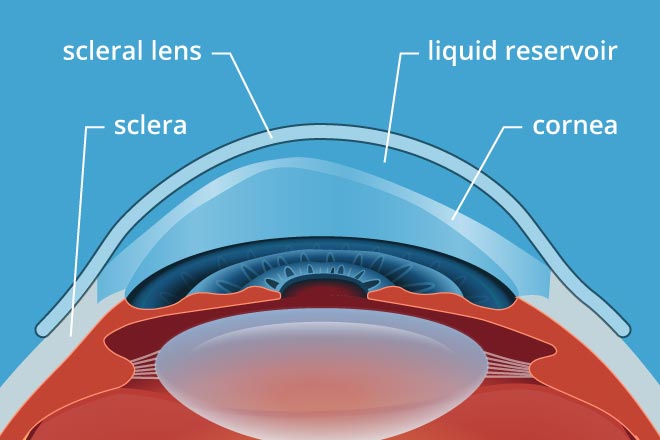
Scleral lenses are specialty contacts used for moderate to severe dry eyes. These lenses are larger than the average contact lens so they do not touch or irritate the surface of the eye (cornea). Just like getting a custom suit or dress, scleral lenses are tailored fit for your delicate eyes.
They also act as a liquid bandage because of the constant bathing of tears (liquid reservoir) in the contact lens. You can even put in preservative-free artificial tears in the contact lens for added protection.
Punctal Plugs
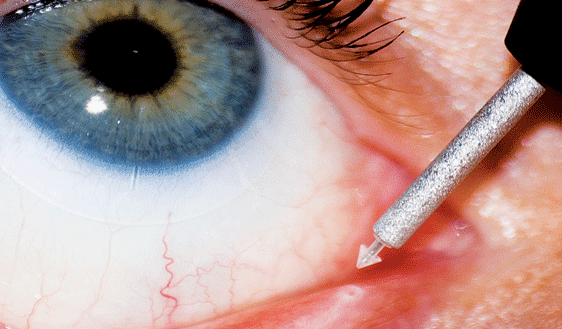
The next treatment is punctal plugs. These plugs are inserted by your optometrist in the drainage part of the eye. Since patients with Sjogren’s Syndrome lack water in the tears, the plugs help retain the water.
However, it may not always be the optimal choice there is inflammation in the tears. The inflamed tears will sit on the surface of the eye and possibly cause more irritation. Your optometrist will know if punctal plugs are the right choice once they examine you.
Topical Immunomodulators

Immunomodulators modify and alter the immune system. Both Restasis and Xiidra work by decreasing inflammation in the tear glands, but each drug has it’s own mechanism of action. Your optometrist will prescribe one eye drop over the other depending on their clinical judgement and what they find during the eye exam.
The most important thing about taking these drugs is compliance. It could take up to 3 months or longer to have a therapeutic effect so it’s essential to continue taking it unless directed by your doctor.
Autologous Serum Eye Drops (ASED)
Another eye drop prescription that your optometrist may suggest is ASED. These eye drops are made out of your own blood serum and plasma. For severe dry eye patients, this specialized eye drop contains growth properties, proteins and antioxidants to promote healing of the ocular surface.
Patients with severe dry eyes usually have several “cuts” on the ocular surface. These platelets contain critical wound-healing properties and growth factors to heal these “cuts” and protect future ones from occurring.
They are safe to use, but they need to be stored frozen and you can only get up to 3 months supply at a time. Another limitation is that only certain pharmacies can compound ASED. Make sure to speak with your doctor about this so they can reach out to local pharmacies and ask around.
Platelet Rich Plasma (PRP)
PRP is similar to ASED except it contains more concentrated platelets which makes healing the “cuts” much more effective. Just like ASED, PRP must be stored frozen and you can only get 1 month supply at a time. Specific pharmacies will be able to make this specialized eye drop so make sure to find a pharmacy that can compound it.
If you would like to speak to a dry eye doctor about these advanced treatment options, contact your nearest MyDryEye clinic.


